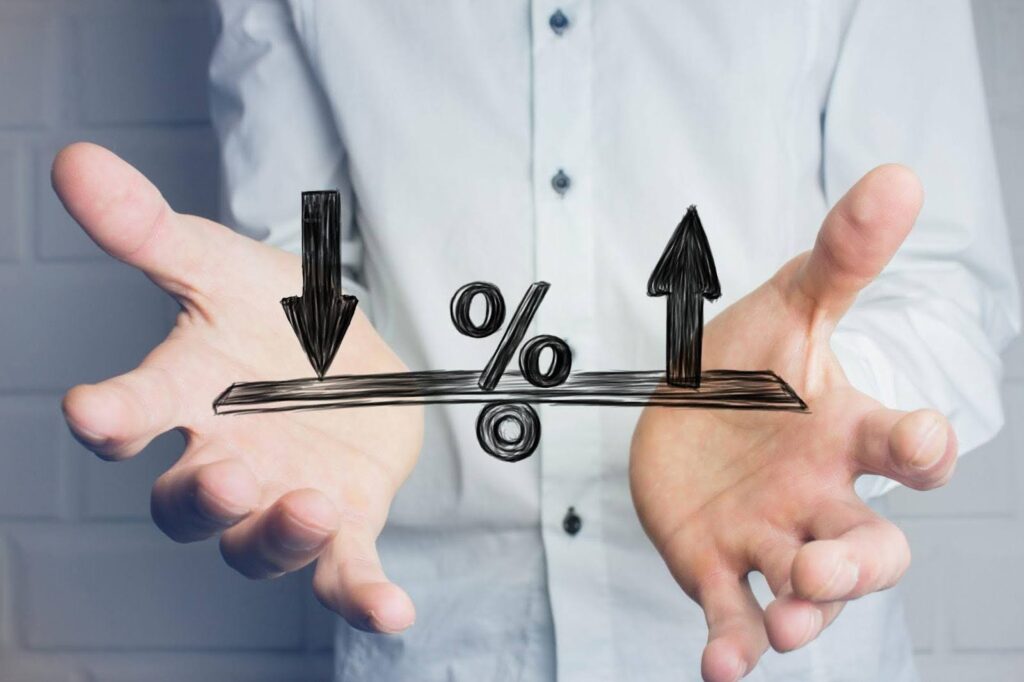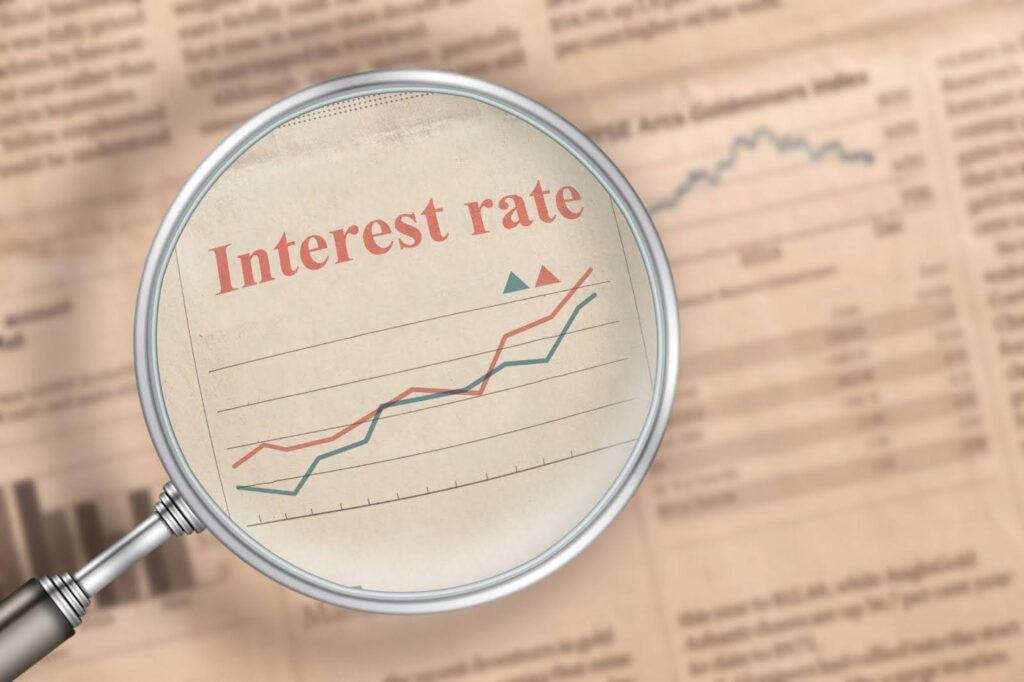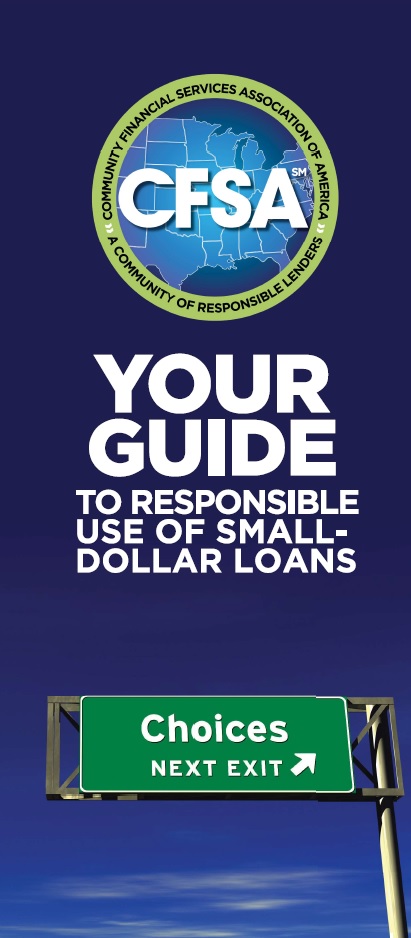Navigating the world of loans can feel like wandering through a maze, especially when trying to understand interest rates. Everyone wants to make smart financial decisions, and knowing about personal installment loans is vital for your wallet.
In this article, we will guide you through the ins and outs of personal installment loans. From types of loans to factors that affect interest rates, you will learn everything necessary to make informed choices about borrowing.
What is a personal installment loan?
A personal installment loan is for a specific amount of money that is paid back over a set period of time, usually with fixed monthly payments. Unlike payday loans, which require you to pay the entire amount at once, installment loans spread payments out, making them easier to manage.
To qualify, you’ll often need to provide proof of income and undergo a credit report check. Your credit history and credit score help determine the interest rates you’ll get.
Types of personal installment loans
Secured vs. unsecured loans
Personal installment loans come in two main types: secured and unsecured.
Secured loans
These require something valuable, like a car or house, as collateral. If you miss payments, the lender can take your collateral. However, because there is less risk for the lender, secured loans often have lower interest rates.
Unsecured loans
Unsecured loans don’t need collateral. Your credit score and credit history help decide if you qualify. They are more common and easy to apply for, but they tend to have higher interest rates because they are riskier for lenders.
Both types of loans have their own benefits. If you have a strong credit history, you might get good interest rates on an unsecured loan. Alternatively, if you have something to offer as collateral, a secured loan could save you money on interest.
Fixed-rate vs. variable-rate loans
Another important decision is choosing between fixed-rate and variable-rate loans.
Fixed-rate loans
With fixed rates, your interest rate stays the same throughout the entire repayment period. This means your monthly payments are predictable, helping you plan your budget each month. Most personal installment loans offer this kind of stability.
Variable-rate loans
These loans have interest rates that can change over time. If the market rates go up or down, your rates could too. This may lead to changes in your payment schedule, making it less predictable. However, variable rates sometimes start lower than fixed rates, which might save you money in the beginning.
Here’s a simple table to highlight the differences:
| Loan Type | Feature | Example |
| Secured Loan | Uses collateral | Auto loans |
| Unsecured Loan | No collateral needed | Student loans |
| Fixed-rate Loan | Constant interest rate | Predictable monthly payments |
| Variable-rate Loan | Changing interest rate | Payments may rise or fall over time |
Having an understanding of these features helps you make an informed decision about which loan type best fits your needs. Whether you choose a fixed-rate or variable-rate, secured or unsecured, knowing the difference ensures you can plan effectively and avoid late payments that might affect your credit score.
No matter which option you pick, always check the loan agreement for any origination fees or late payment fees. Be sure that your credit report and proof of income are in good shape to secure the best loan-related options and favorable interest rates.

Factors affecting interest rates
Several factors affect interest rates, and knowing them can help you make informed decisions and find the best loan for your needs.
Credit scores
Your credit score is like your grade for borrowing money. It’s based on your credit report and tells lenders how good you are at paying back loans. A higher credit score means you’re a more reliable borrower, and lenders often reward that with lower interest rates on personal installment loans.
On the other hand, if your credit score is low because of things like late payments or a short credit history, you might face higher rates. So, it’s a good idea to check your credit score and improve it if you can before applying for a loan.
Lender types
Different lenders offer different interest rates. Let’s explore some options:
Banks and credit unions
Traditional banks and local credit unions might offer lower interest rates on personal installment loans to their members. They often have strict requirements, like a strong credit report, but their rates can be attractive if you qualify.
Online lenders
These lenders offer the convenience of applying from anywhere and can have competitive rates. However, beware of high origination fees and penalties for late payments, which can hike up costs.
Methods for calculating personal loan interest
When you take out a personal installment loan, understanding how to calculate interest will save you money and help you choose the right loan. There are various methods used to figure out how much interest you’ll pay over the life of your loan.
Simple interest
Simple interest is the easiest type of interest to understand. It is calculated on the principal, or the original amount of the loan, for the entire life of the loan. This means you pay the same amount of interest each period of time without it affecting your balance more complicatedly.
How it works
Let’s say you borrow $1,000 with a 5% interest rate for one year. The simple interest formula is: [ \text{Interest} = \text{Principal} \times \text{Interest Rate} \times \text{Time} ] In this example: [ \text{Interest} = 1000 \times 0.05 \times 1 = 50 ] You would pay $50 as interest over the year.
Simple interest is good for borrowers who prefer predictability in their payment schedule. This type of interest does not change, making it easier to plan for future payments.
Compound interest
Compound interest increases the cost of your loan over time. It is calculated on the principal and any accumulated interest. If not managed well, you could end up paying interest on your interest, leading to higher costs.
How it works
Let’s modify the previous example using compound interest. If the same $1,000 is compounded annually at 5%, here’s what happens:
Year 1: Interest = $1,000 \times 0.05 = $50
Year 2: Interest = ($1,000 + $50) \times 0.05 = $52.50
As shown, the interest paid increases each year because it is added to the loan balance. Compound interest is more common in savings accounts and investments but can also be applied to some loans, especially those with variable rates.
Add-on interest
Add-on interest is a method where you calculate the interest amount at the start of the loan and add it to the principal. This total is then divided equally across the loan’s repayment period.
How it works
If you borrow $1,000 over two years with a 5% add-on interest, here’s the calculation:
Total Interest = $1,000 \times 0.05 \times 2 = $100
Total Amount Owed = $1,000 + $100 = $1,100
If this $1,100 is repaid over 24 months, the monthly payment would be approximately $45.83.
Add-on interest might seem straightforward, but it can be pricey since you effectively pay interest on the entire principal amount for the whole loan term.

Navigate personal installment loans with USA Cash Services
Ready to tackle your financial goals with a manageable and reliable solution? Turn to USA Cash Services for your installment loan needs. Our straightforward process ensures you get the funds you need with a repayment plan that fits comfortably into your budget.
Apply today and experience the flexibility and support that comes with USA Cash Services. Take control of your financial future — secure your installment loan with us and embark on a path toward financial stability and peace of mind.



